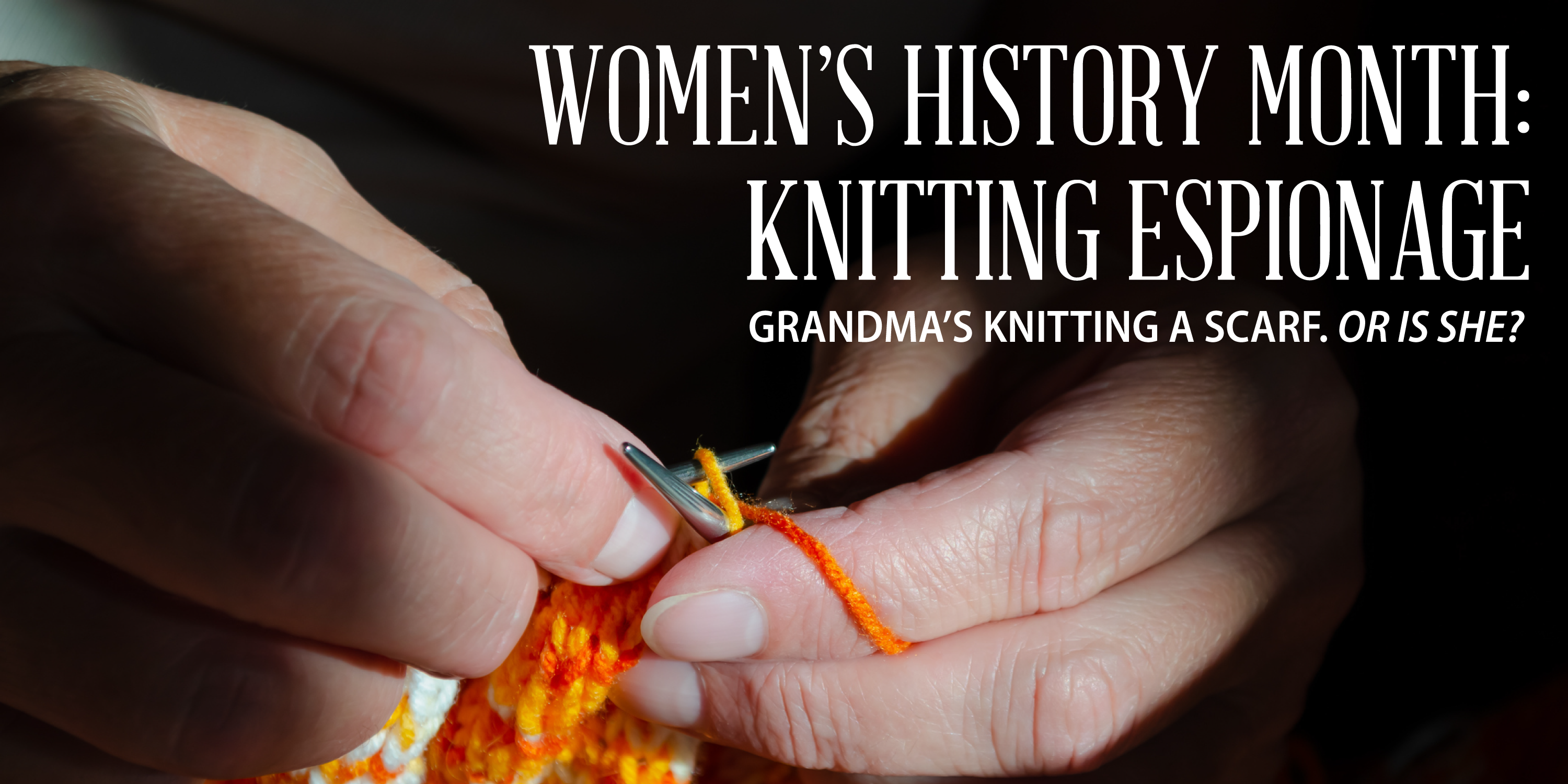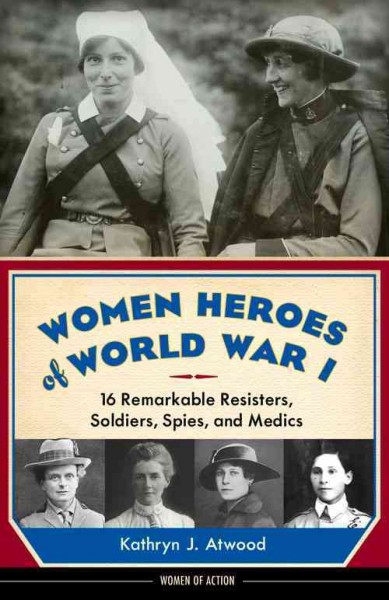Women’s contributions to the great wars of the 20th century stretch beyond keeping happy on the home front, nursing and factory work. Women of all ages knitted to facilitate espionage efforts, both on the home front and the front lines. Knitting is essentially made-up variations on two stitches, knit stitches that resemble the letter V and purl stitches that look like bumps in the fabric. These stitches form a code perfect for hiding messages in plain sight. The capacity for conveying coded messages was so great that authorities in both the United States and Britain banned printed knitting patterns during both World Wars.
In Belgium during the first World War, the resistance enlisted elderly volunteers that lived along train lines to record German troop and artillery movements. These women diligently watched the tracks, purling when they saw an artillery train or creating a hole in their fabric when a troop carrier would pass. They would then pass their scraps of fabric to intelligence officers, giving vital information to the resistance effort.
Knitting was so prolific for the war effort that it was often used as a cover for intelligence. Spies loitered on porches, in public houses, or the street, gathering intelligence under the cover of working on a project. On May 1, 1944, British spy Phyllis Latour Doyle parachuted into occupied France. Posing as an innocent teenager, she chatted up German officers to gather intel. Then Phyllis would pick up her knitting, which concealed a piece of silk dotted with codes. Even when hounded by German officers, her system was so well-concealed that they never found her coded evidence.
Women spying for a cause is by no means limited to the 20th century. Female spies also worked during the Civil and Revolutionary Wars. Molly “Old Mom” Rinker was a spy for George Washington. She watched British troops while knitting on a nearby hilltop, then hid messages in balls of yarn. Finally, Molly threw the balls of yarn off a cliff to American soldiers hidden beneath.
To learn more about women’s efforts throughout wartime, check out Women Heroes of World War I: 16 Wake: Remarkable Resisters, Soldiers, Spies, and Medics by Kathryn J. Atwood.


